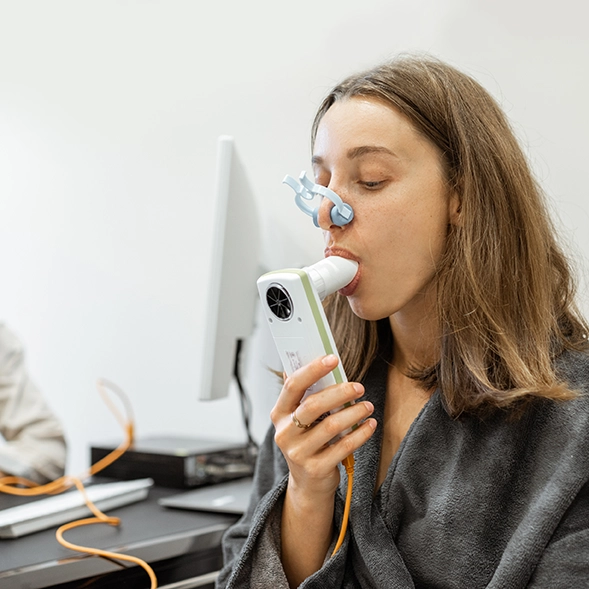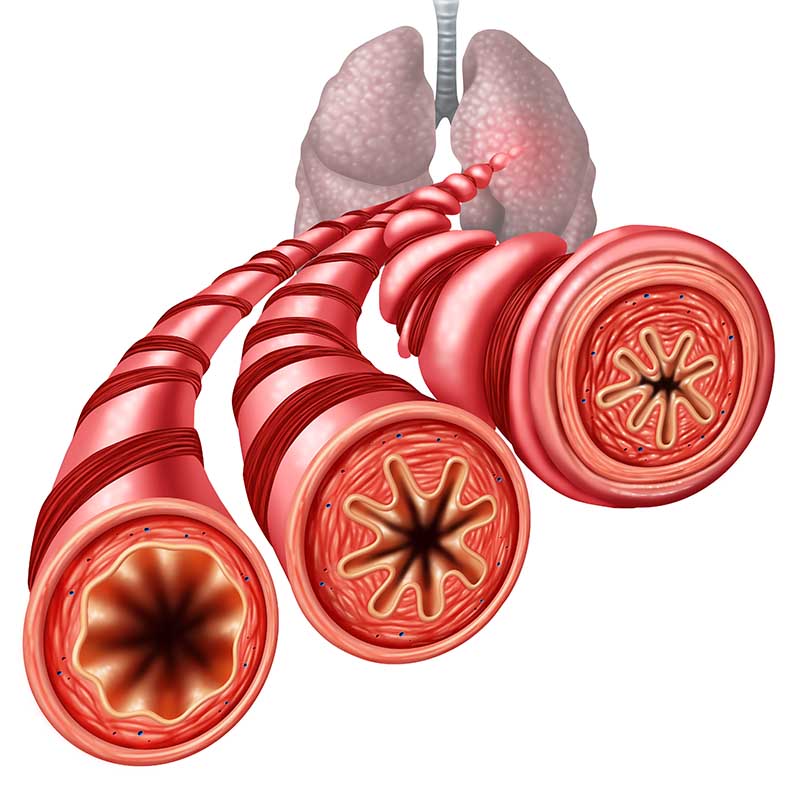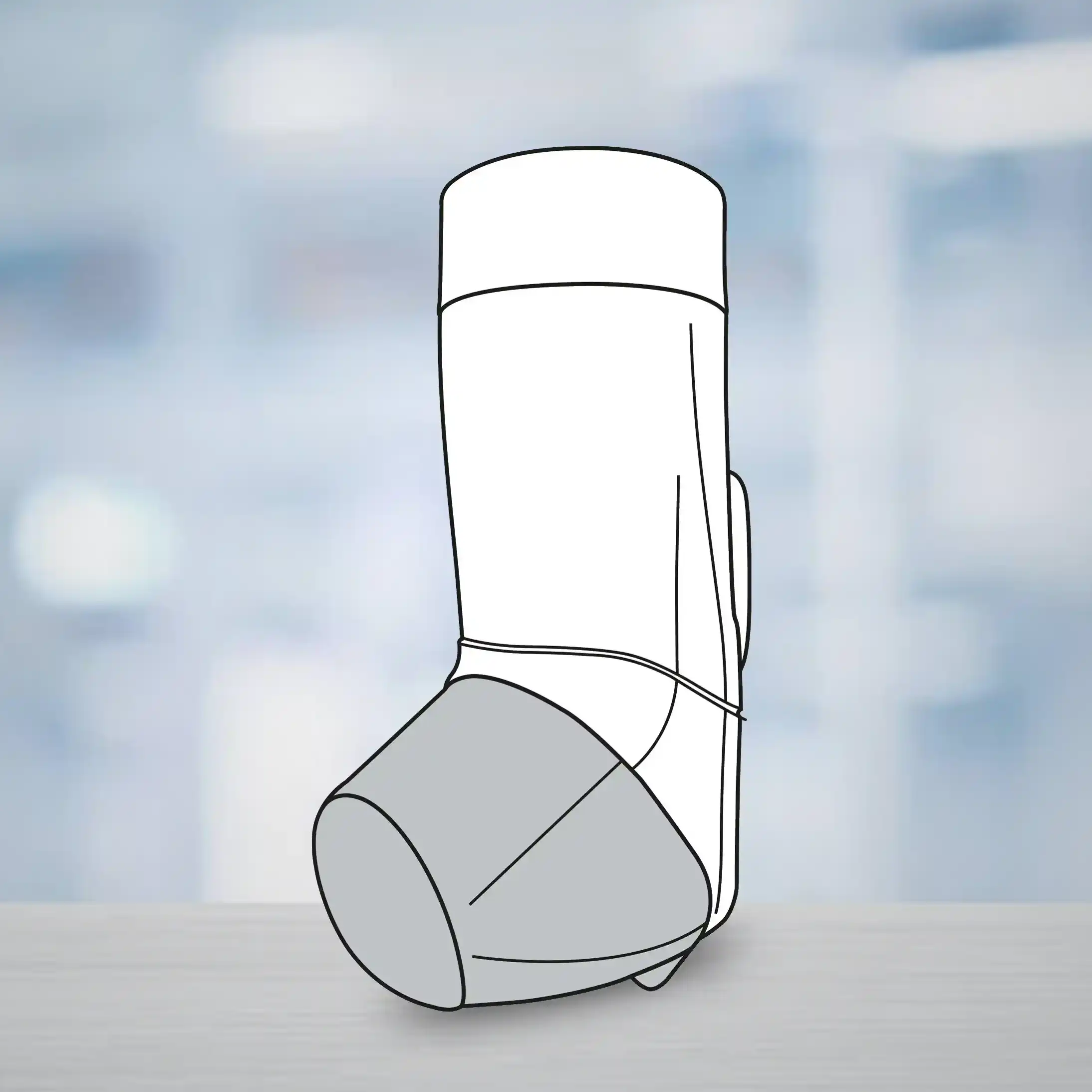Introduction
Diabetic kidney disease (DKD) is associated with substantial morbidity and mortality. The newest class of antihyperglycemic agent (AHA); sodium glucose-cotransporter-2 inhibitor (SGLT2i) has demonstrated reduced risk of end stage kidney disease (ESKD) and death. Also, newer class of AHA like glucagon-like peptide-1 receptor agonists (GLP-1RA) has demonstrated a reduced risk of adverse kidney outcomes when compared with placebo. Nevertheless, there is no real-world data on comparative effectiveness in terms of kidney outcomes for various classes of AHAs in type-2 diabetes mellitus (T2DM) patients.
Aim
To compare effectiveness of SGLT2i, GLP-1RA, dipeptidyl peptidase-4 inhibitors (DPP-4i), and sulfonylureas (SU) on risk of kidney outcomes among patients with T2DM
Patient Profile
- Patients with T2DM initiated on SGLT2i (n=518,544), GLP-1RA (n=523,711), DPP-4i (n=539,399), or SU (n=5,134,904)
Methods
Study Design
- Observational real-world study to compare effect of four AHA drug classes on adverse renal outcomes
Follow-up
- 3 years
Outcomes
- Risk of the composite outcome of estimated glomerular filtration rate (eGFR) decline >50%, ESKD, or all-cause mortality
Results
- Compared with treatment with SU, treatment with SGLT2i, GLP-1RA, and DPP-4 was associated with a 32%, 28% and 10% lower risk of the composite outcome, respectively. As per analyses by eGFR category, compared with the SU arm, those in the SGLT2i and GLP-1RA arms exhibited a lower risk of the composite outcome across all eGFR categories, including eGFR <45 mL/min/1.73 m2 (Table 1).
|
eGFR (mg/min/1.73 m2) |
SGLT2i vs. SU HR (95%CI) |
GLP-1RA vs. SU HR (95% CI) |
DPP4i vs. SU HR (95% CI) |
|
Overall |
0.68 (0.63, 0.74) |
0.72 (0.67, 0.77) |
0.90 (0.86, 0.95) |
|
≥90 |
0.72 (0.60, 0.88) |
0.75 (0.63, 0.89) |
0.83 (0.74, 0.94) |
|
≥60 to <90 |
0.68 (0.60, 0.76) |
0.70 (0.63, 0.78) |
0.88 (0.82, 0.95) |
|
≥45 to <60 |
0.65 (0.55, 0.78) |
0.71 (0.61, 0.83) |
0.92 (0.83, 1.02) |
|
<45 |
0.60 (0.43, 0.85) |
0.74 (0.65, 0.84) |
0.93 (0.86, 1.02) |
Hazard Ratio: HR
95% confidence interval: 95% CI
- The between–group differences for risk reduction were not statistically significant for SGLT2i and GLP-1RA arms (0.95 [0.87, 1.04]). Both SGLT2i and GLP-1RA had a lower risk of the composite outcome than DPP4i across eGFR categories; ≥60 to <90, ≥45 to <60, <45 mL/min/1.73 m2 (Table 2).
|
eGFR (mg/min/1.73 m2) |
SGLT2i vs. DPP4i HR (95%CI) |
GLP-1RA vs. DPP4i HR (95% CI) |
|
Overall |
0.76 (0.70, 0.82) |
0.79 (0.74, 0.85) |
|
≥90 |
0.87 (0.71, 1.06) |
0.90 (0.75, 1.08) |
|
≥60 to <90 |
0.77 (0.68, 0.87) |
0.79 (0.71, 0.89) |
|
≥45 to <60 |
0.71 (0.59, 0.85) |
0.78 (0.66, 0.91) |
|
<45 |
0.64 (0.46, 0.91) |
0.79 (0.70, 0.90) |
Hazard Ratio: HR
95% confidence interval: 95% CI
- These benefits remained consistent regardless of metformin use at baseline.
- Throughout the study period the adherence rate for medications was 77.07%, 74.74%, 68.36%, and 61.23% in the SGLT2i, GLP-1RA, DPP4i, and SU groups, respectively.
Conclusions
- Amongst T2DM patients, treatment with SGLT2i, GLP-1RA and DPP4i was associated with a lower risk of adverse kidney outcomes compared to SU. Further, both SGLT2i and GLP-1 RA were associated with reduced risk for kidney outcomes vs. DPP4i.
- The benefits of SGLT2i, GLP-1RA vs. SU were evident across all the eGFR categories.
Diabetes Care. Sep 16, 2020 (Published Online); DOI: 10.2337/dc20-1890.










